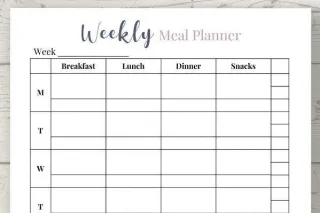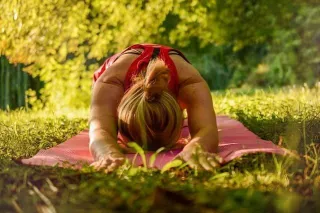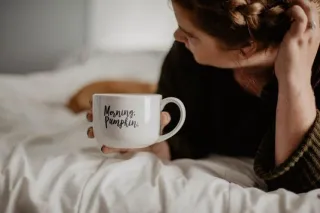Planning Calm From Chaos
Simple tools for a calmer, more focused life.

Weekly Menu Planner Printable
Download our free weekly meal planner page. Print at home and use to plan your meals each week. Slimming World friendly design. ...more
Simply Living ,Meal Planning and Prep
September 26, 2025•2 min read

8 Delightful Ways to Spend Time Outside In Spring
Seize the season, embrace the beauty of nature, and make the most of your time outside this spring. ...more
Self Care ,Simply Wellness
September 26, 2025•3 min read

How to Reset Your Morning Routine
Resetting your morning routine is within your reach. By making a few intentional adjustments, you can reclaim your mornings and set yourself up for success. ...more
Simply Planning ,Habits and Routines
September 26, 2025•6 min read

7 Signs You Need a Slow Morning Routine
Do you recognise these signs? If so you could benefit from creating a slower morning routine. ...more
Simply Planning ,Habits and Routines
September 26, 2025•5 min read

Benefits of a Slower Morning Routine
What are the benefits of following a slower morning routine? Here a 6 reasons to convince you. ...more
Simply Planning ,Habits and Routines
September 24, 2025•4 min read

9 Habits For Your Slow Morning Routine
9 habits you can add to your morning routine to start the day in a calm and peaceful way. ...more
Simply Planning ,Habits and Routines
September 24, 2025•5 min read
FOLLOW US
Copyright 2025. Planning Calm From Chaos. All Rights Reserved.